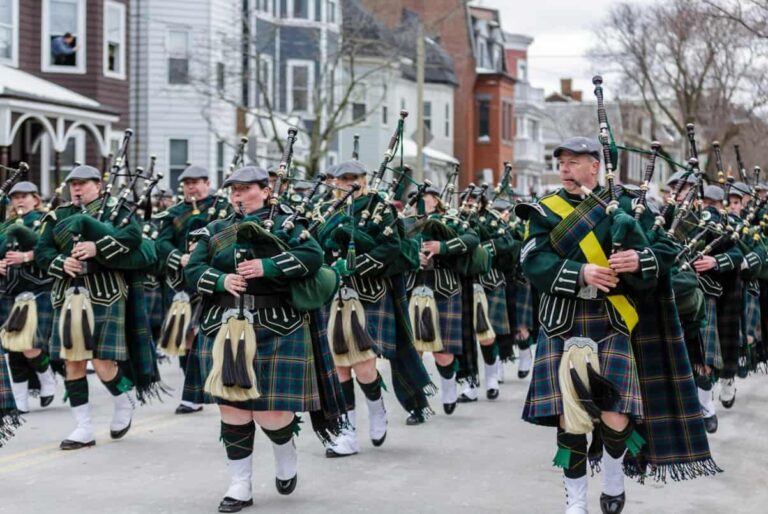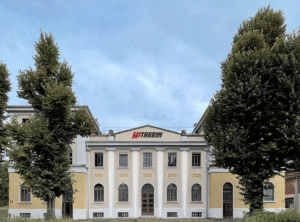The Feast of St. Patrick, also known as Saint Patrick’s Day, is among the most celebrated and picturesque in the world. Parades and banquets wind through Ireland’s major cities and characterize the day on March 17, making it unique and beloved. But where did this festival originate?
Table of Contents
Why is St. Patrick’s Day celebrated on March 17
St. Patrick is the patron saint of Ireland, which celebrates the holiday every year on March 17. But who, really, was St. Patrick? St. Patrick’s real name was Maewyin Succat. He lived between 385 and 461 and was of Scottish descent.
At the age of sixteen he was kidnapped by Irish pirates and sold as a slave to King Dalriada, ruler of a kingdom that then included parts of Scotland and Ireland.
Having escaped from the court, the young man became a deacon with the Latin name Patrick and later became a bishop. To him Pope Celestine I entrusted the task of evangelizing the Irish lands. The future saint carried it out with great commitment, fostering the contamination between Christian and Celtic pagan elements.
History and traditions of the holiday
Traditional St. Patrick’s Day celebrations in Ireland date back to the ninth and tenth centuries. Since 1600 it has been included in the liturgical calendar, while March 17 became a national holiday from 1903, when the first parade was held in Waterford.
Interestingly, however, this was not the first holiday dedicated to the saint. As early as 1737, the first parade was held in Boston, USA. In Ireland the tradition was later consolidated, first in Waterford and then in Dublin in 1931.
During the days of St. Paddy’s Day, Ireland is dressed in green, and above all, Dublin is transformed into a nonstop party. A concentration of festivals, frenzy and merriment, as well as many musical and cultural events scattered throughout the city.
This occasion attracts people and tourists from all over the world. And, the city of Dublin becomes one big joyous and colorful event that winds its way through parades, fireworks, rivers of beer (Guinness is the most widely drunk) and traditional music and dancing sessions. Thus creating a unique and engaging atmosphere that spills out from the venues into the streets and squares of the city.
St. Patrick’s Day, why green and the legend of the shamrock
Green is the symbolic color of St. Patrick. But wearing a garment of this hue only became a tradition in the 19th century. Probably to support the Irish cause of independence from the British ruler. Originally, the color associated with St. Patrick was in fact blue.
Another symbol is the shamrock. Which, according to legend, was used by St. Patrick to explain the Holy Trinity to the Celts. Hence, in part, comes the tradition of sporting it during St. Patrick’s Day parades.
St. Patrick’s Day around the world
Although it is a celebration of purely Irish origin, St. Patrick’s Day has quickly spread throughout the world until it has become an eagerly awaited and beloved holiday for all.
The feast of the Irish saint spread thanks to the massive emigration of the Irish. Who from the mid-19th century began leaving the island to escape a famine.
In particular, the Irish moved to America, especially the United States, going on to form communities that are still widely present today. For this reason, St. Patrick’s Day is still a much celebrated holiday. Especially in the East Coast cities where the migrations landed, including New York, Chicago and Boston. An estimated 34 million Americans are in fact originally from the country of St. Patrick.
In the rest of the world, the holiday has spread mainly because of the symbols of Irish tradition. For the holiday, bars and streets are dyed green, the symbolic color of Ireland. In Chicago even the waters of the river are dyed this color, and parades are organized in numerous cities around the world.
In recent years, the Global Greening initiative has also been activated, which has spread the holiday even further, with green shining on various monuments around the world.
Read also: Brexit, decisive trade agreement between London and Brussels on Northern Ireland’s status












